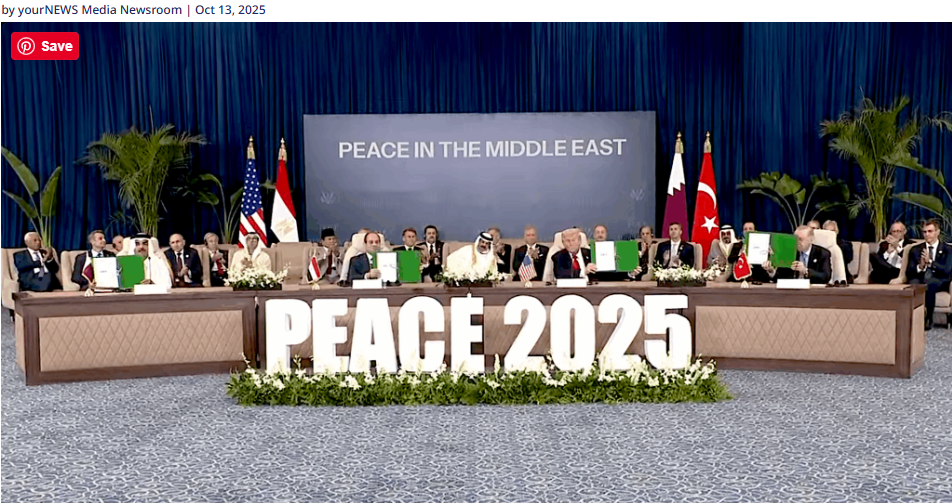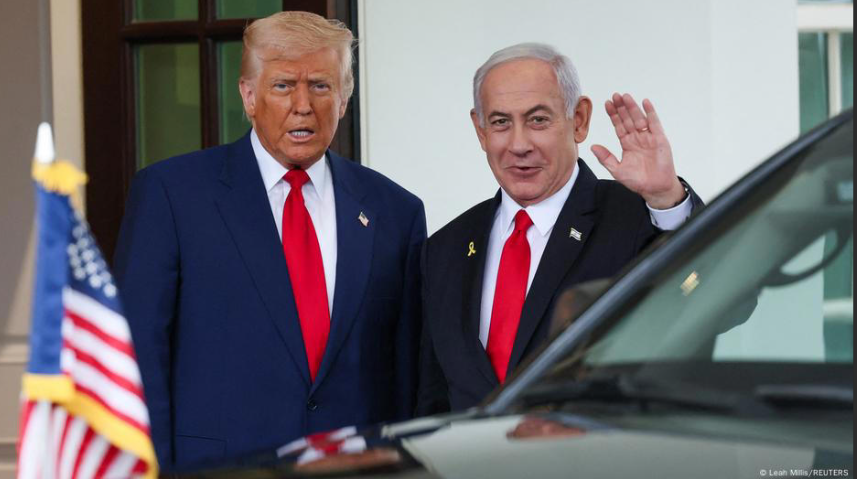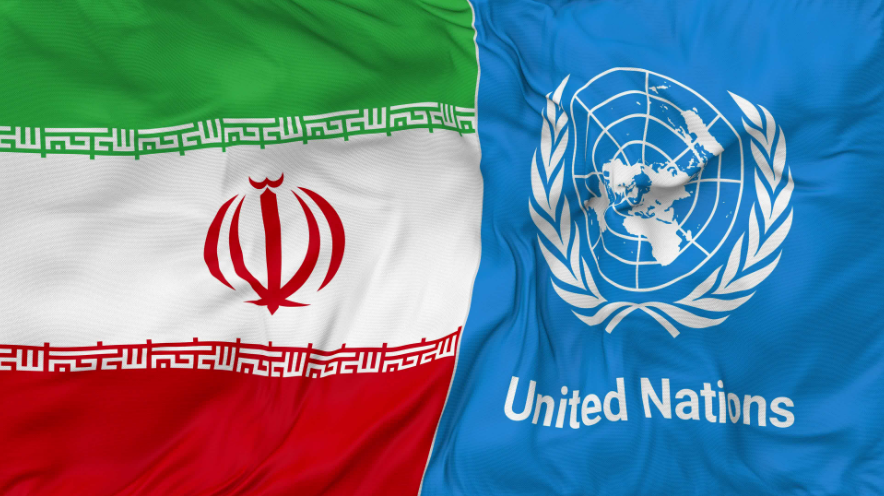by Alessandro Spinillo and Andrew Tucker
The release this week of the remaining twenty Israeli living hostages, following the acceptance of President Trump’s 20-point Peace Plan for Gaza, marks a pivotal moment in the region’s long and painful trajectory.
Hopefully, it will also mark the end of decades of misuse of the United Nations system to undermine Israel through the one-sided application of international law.
Let us be realistic. The deal with Hamas was only possible because of Israel’s consistent and deliberate use of force in Gaza and the region that has brought Hamas to the brink of annihilation. Only after two years of systematic, precise and strategic military operations directed against Islamist jihad terrorist groups and their allies and sponsors in Gaza, Lebanon, Syria and Iran – and even on the territory of Qatar – did Hamas commit to releasing the hostages.
While Israel carried out these operations, many European and other Western governments chose to ignore reality. Under the mantras of “proportionality” and “de-escalation” they tried to exert pressure on Prime Minister Netanyahu to halt necessary military action, hastily recognized an abstract and unrealistic Palestinian state — recognition that only emboldened Hamas — and portrayed Israel as a genocidal state.
Through his support of Israel over the last two years, and by now obtaining wide international support for his peace plan, President Trump has, in a single stroke, demonstrated the historical, moral and legal corruption of the UN framework on the Israeli-Palestinian conflict developed over the past two decades.
This framework includes the carefully-orchestrated and cynical manipulation of the UN General Assembly to produce two ICJ advisory opinions of 2004 and 2024, the subsequent UNGA Resolution ES-10/24 demanding Israel’s immediate withdrawal to the so-called pre-1967 lines. It includes the Declaration of New York of September 12, 2025, curated by France and Saudi Arabia, urging the immediate establishment of a Palestinian state within those lines — what they call the “Occupied Palestinian Territory.”
In one stroke, the Trump peace proposal has exposed the fact that this UN framework is unfair, unrealistic, and unachievable in practice — because it is based on a mainstream anti-Israel narrative rather than on the rule of international law. If anything, this anti-Israel legal-political narrative has “exacerbated the conflict,” as the International Court of Justice’s Vice-President Judge Sebutinde foresaw in her dissenting vote in the advisory opinion in July 2024.
The hard part of the Trump peace plan, however, comes now — as Phase 2 of this plan is set in motion. In Phase 2, Hamas has committed to disarm and to have no role whatsoever in the governance of Gaza. However, only a few days since the deal was accepted, it has become clear that Hamas is in fundamental non-compliance with its commitments. In fact, there is no sign that they are prepared to hand in weapons. On the contrary, they are seeking to regain power through violent persecution and mass killings of those they perceive as Israeli collaborators or rival factions — notably the Doghmush clan — which is even more radical than Hamas. Israel’s withdrawal from the Gaza City area has left an obvious security vacuum and provided Hamas with a breathing space and the opportunity to reconstitute itself. Reliable media sources say that Hamas was able to recruit more than 7,000 fighters in only a few days, most of them assigned to those “cleansing” tasks. What is now unfolding in Gaza is hell.
The Trump 20-point scheme is a sequential agreement. Fundamental non-compliance by Hamas at any point entitles Israel (and the United States and other states that support the agreement) to treat the agreement as void, and to resume action in legitimate exercise of the inherent right to self-defense. This includes resumption of its suspended ground operation to seize Gaza City to completely dismantle Hamas’ terror capacity.
However, Israel may not wish to take such a costly step now that its living hostages have been released and Hamas’ military capacity has been degraded. Instead, it may choose to halt the planned total withdrawal from Gaza, maintaining only strategic positions. It may even choose to adopt new military strategies that maximize damage to Hamas’ infrastructure while minimizing IDF losses and limiting civilian casualties.
This complex reality will test the limits of international law principles governing the right of states to security and self-defence such as distinction, necessity and proportionality.
Though degraded, Hamas is far from defeated. This is not comparable to the IRA in Northern Ireland, which many considered evil. At the end of the day, the IRA is a rational, Western-oriented organization that understood it could achieve its long-term goals through non-violent means and eventually handed in its weapons. Hamas, Islamic Jihad and other Islamist groups in Gaza and the West Bank are driven by a fanatical jihadist ideology underpinned by Muslim Brotherhood doctrine. Just look at the atrocities they committed on October 7, 2023, when they stormed Israeli territory.
The deployment of International Stabilization Forces in Gaza, provided for in the Trump scheme, faces serious practical and political challenges. Any force not led by Israel risks replicating the failures of the so-called Basra model — a precedent that showed how relying on local militias or external actors without clear authority leads to divided command, weak enforcement, and fragile, temporary security. At the end of the day, such a force would not bring lasting peace or real protection to civilians in Gaza.
Despite the partial success of Phase 1, the situation in Gaza remains highly volatile. Hamas’ ongoing activity demonstrates that the group is far from neutralized, and the security vacuum left by Israel’s withdrawal continues to provide opportunities for regrouping and recruitment.
Israel, while exercising restraint after the hostages’ release, maintains the right to respond decisively to any renewed threats. This will inevitably test the limits of international law principles concerning the obligations of states to fight terror, and their right to use force in self-defense.
The international community, particularly the countries that played a key mediating role — Egypt, Qatar, and Turkey — along with over 20 world leaders represented at the signing event in Sharm El Sheikh on Monday, must recognize that lasting stability in Gaza depends on the ongoing use of force to enforce commitments, dismantle terror and offensive infrastructure, including tunnels, and ensure that political agreements translate into real security on the ground.



